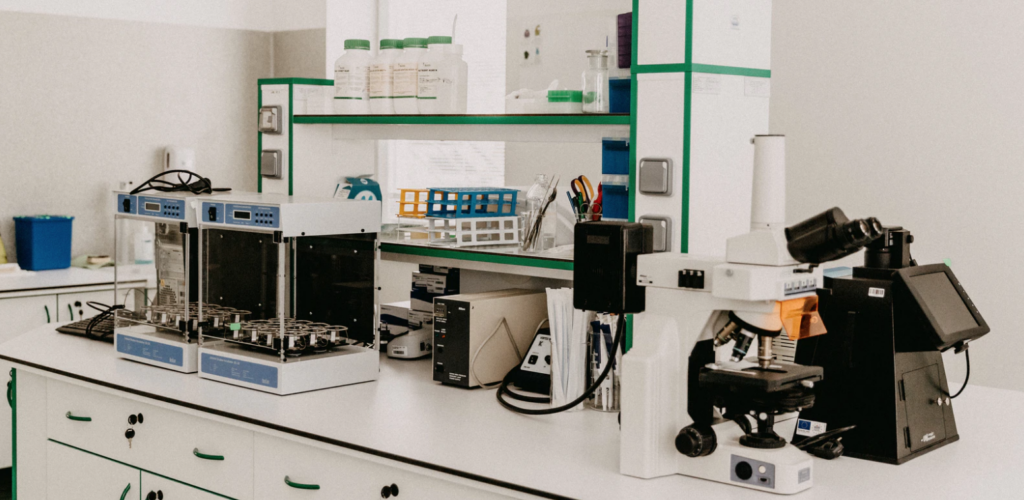 When closing, renovating, or relocating a laboratory, observing the best practices contained in the following three phases, will ensure that you proceed efficiently, safely, and above all, in compliance with the ANSI/ASSE Z9.11-2016 Laboratory Decommissioning standard.
When closing, renovating, or relocating a laboratory, observing the best practices contained in the following three phases, will ensure that you proceed efficiently, safely, and above all, in compliance with the ANSI/ASSE Z9.11-2016 Laboratory Decommissioning standard.
To help you delve into the details, we have provided a series of tips and recommendations:
PHASE I: ASSESS THE FACILITY
- Complete an inventory. Knowing what is in the facility is at the root of developing the right decommissioning plan. Start by taking a careful inventory of all chemical, biological, and radiological materials and waste.
- Define lease and other possible decommissioning obligations. Obtain as much information as you can to minimize your liability risk. Find out if there is a history of poor housekeeping, poorly documented work, or hazardous materials spills that may have a bearing on the decommissioning process.
- Unclear lease obligations can lead to surprise charges during the move-out phase.
- Schedule a hazardous waste pickup to dispose of unused biological, chemical, or radiological materials, and develop a contingency plan for removal if unanticipated waste or contamination is discovered during decommissioning.
- Make sure that any proposed decontamination procedures (Fumigation, physical wipe-down, etc.) meet the requirements for lease termination.
PHASE II: EVALUATION & DECONTAMINATION
Inspectors and regulating officials will look to your team to specify clear and appropriate procedures for decommissioning your facility based on the materials that have been handled. Be specific and complete about the means and methods you will be using.
Start this all-important phase of decommissioning by defining the areas that require a deeper assessment, including spaces where hazardous materials were used or stored. Be sure to clearly delineate these spaces and tag any equipment that will require decontamination before move-out day. Pay special attention to:
-
- Horizontal surfaces such as floors, benchtops, cabinets, and drawers—even ceilings
- Vertical surfaces, especially walls. How high up the walls you need to decontaminate depends on what has been done and materials that were used in the space
- Waste storage area and cold/clean rooms
- Vivariums, Clean Rooms, Biological Safety Cabinets and Fume hoods
- Plumbed Lab equipment
Area and equipment decontamination is critical to successful lab decommissioning. The more procedural information you have, the better prepared you will be for the process.
- Understand the facility’s infrastructure as you begin to plan the decontamination, making sure you are taking the required steps to reduce risk and liability.
- Engage your lead researchers, housekeeping staff, landlord, property owner, or management company, and other internal and external stakeholders early in the process to make sure everyone’s needs are being addressed and met.
- Examine decommissioning costs, compare vendors, and look into services that may be able to accelerate the project.
- Determine any permits and licenses you will be required to manage. These may require information you have to look for or take several weeks to acquire. Be sure to factor that potential time and effort into this step.
- Gather all this data in one place for the inspectors to review.
PHASE III: DOCUMENTATION
A well-documented decommissioning process should leave very little room for inspectors or investigators to question your tactics, materials, methods, or processes. Documentation should include:
- All hazardous materials that may have been involved in the operation of the facility
- Location of waste storage areas
- Which areas required decontamination
- Summary of the assessment means and methods used
- Cleaning protocols
- A conclusion on release from permit related controls by a competent Safety Professional
After the decontamination is complete, document what was done and how the process can be independently reproduced. Decommissioning can be a stressful time, for managers, budgets and project timelines. Clym can assist you in determining what is needed and the clearest path to your project goals. Contact one of our decommissioning specialists for assistance today!
